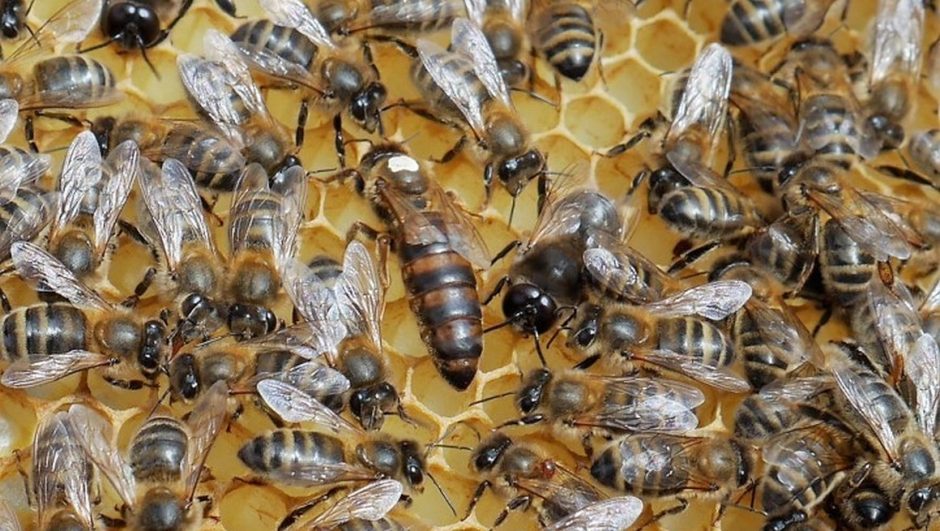Scotland’s native honey bee, Apis mellifera mellifera, is at serious risk of disappearing by being genetically swamped by cross-breeding with the non-native types now found across the country, rather like our native wildcat. Over many millennia, this honey bee adapted to our changeable and often windy climate on the Western fringes of Europe. These bees are often said to be stocky, dark, frugal and with particularly hairy backsides! All these traits can be useful to an insect needing to forage, survive and even mate in our cool, windy climate.
Continue reading “Scottish Native Honey Bee”Category: SNHBS Conservation Project
2021 Survey for Scottish Native Honey Bees
Open to all beekeepers in Scotland
We hope 2021 will see a gradual easing of restrictions as the Covid pandemic comes under control. We have planned an extended search for native honey bees this year which involves an easy to use initial photo screening and further assessment by a team of experienced Conservation Project assessors.
Our aim is to find good strains of native and near-native honey bees that are endemic to Scotland.
Continue reading “2021 Survey for Scottish Native Honey Bees”Scottish Native Honey Bee Conservation Project
Do you have dark native honey bees?
Do you think that you may have Scottish native honey bees? Are you interested in helping their recovery in Scotland? Would you like a chance to have them DNA tested?
We are seeking input from all beekeepers in Scotland to help find – and ultimately propagate – examples of the native honey bee. If your bees, or the bees of other local beekeepers you collaborate with, are dark brown without significant banding, then please consider submitting photos for our crack team of assessors to investigate. Scotland is divided into six regions with a local contact point (or Local Curator) who will guide you through the process. Click here for instructions on how to participate in the SNHBS Conservation Project.
Continue reading “Scottish Native Honey Bee Conservation Project”


